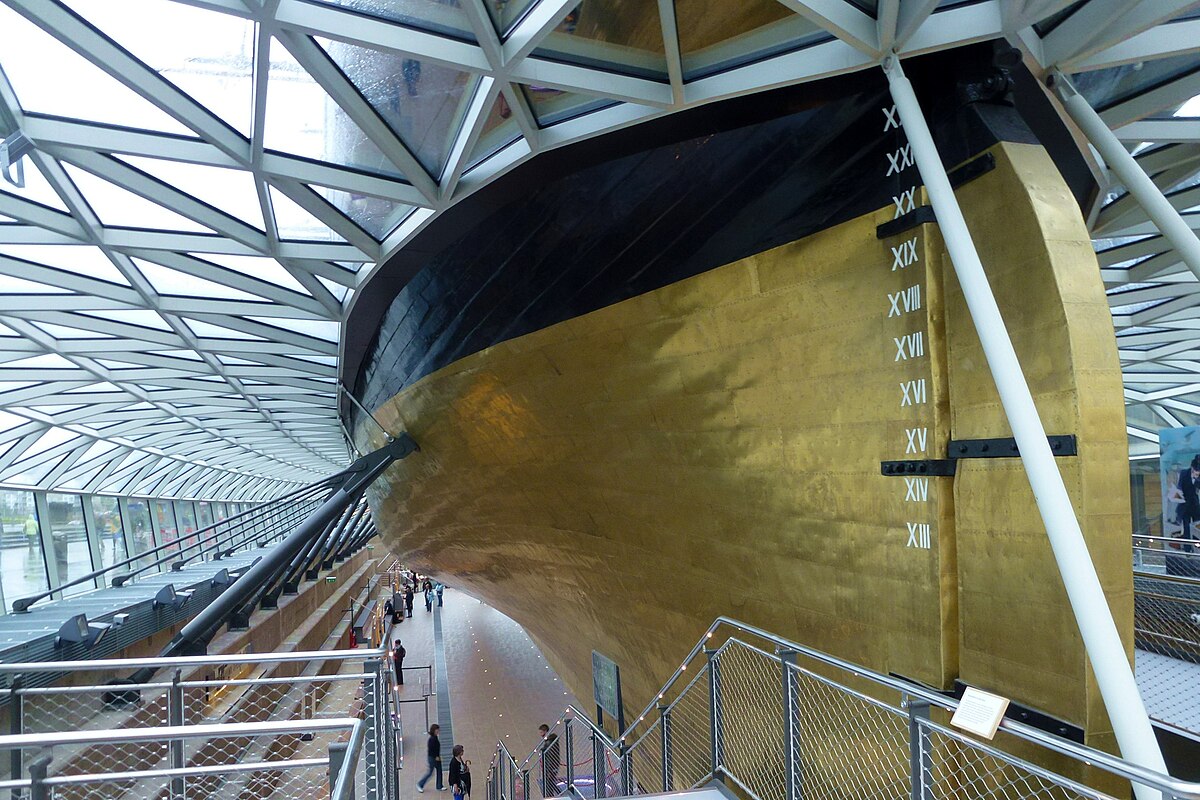HMS Terror, of mid-19th century polar exploration fame, had iron plates installed at the bow from keel to well above the water line. Reference books say they were riveted on. How could they be actually "riveted"? In other construction, to rivet two 3/8" thick plates together normally, you would have two precisely located holes lining up in each plate, put a red hot rivet through the hole from one side and use an impact tool of some kind to "mushroom" the exposed head, while someone holds a heavy anvil like tool at the end that already has a head on it, to keep it in place and make a tight joint. When the rivet cools, it gets even tighter. But on a wooden ship, you can't access the side against the wood obviously. So how did this work? Were they actually more like lag bolts that drove or screwed into the wood of the hull? Copper sheathing was attached on other ships but I think that apples and oranges. Copper is soft and was more like sheet and could be nailed on???
Last edited:




